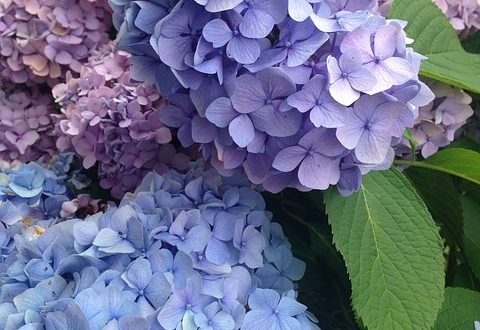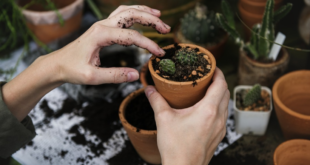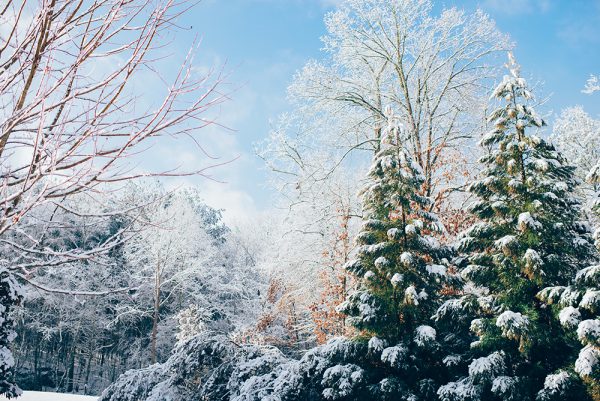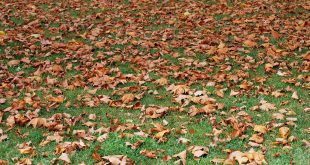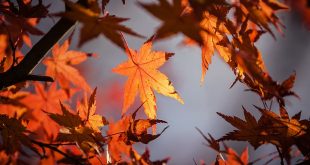July is the time to enjoy your garden.
Borders
If we are enjoying sun and little rain you will probably find that the ground has started to crack. If so, turn the situation to your advantage and pour down some gritty compost to assist drainage later on when it becomes wet again and closes up. Bedding plants will be in full swing now and one easy way to prolong the flowering, albeit tedious, is to dead-head – a little and often is always far easier. Trim away unsightly growth after flowering.
Quick acting liquid feeds applied before flowering will help perennials in poorer soil. Apply a good mulch to suppress weeds and to retain moisture. Hoe a little and often to keep weeds under control.
Deep watering’ is far better than a ‘little and often’ approach as far as many plants are concerned. A good soaking late at night and then nothing for the next few days will avoid the surface rooting of many plants.
Trees and Shrubs
Wisterias grow vigorously with a multitude of long winding shoots. Cut back to 7 buds on each one, remove some completely. The removal and/or reduction of shoots helps to divert the plants vigour into developing flower buds for next year. Cut back these reduced shoots in February to 3 or 4 buds providing the flowering spurs for future years.
Deadhead lilacs after flowering or if you are feeling very brave, reduced dramatically to encourage new shoots for flowering next year. Just remember to cut above an outward facing shoot and make it clean.
One of the more prolific flowering shrubs during the summer is the Lavetera or ‘Mallow tree’. The most common one, the Lolbia, tends to grow quite tall and can be prone to splitting from the weight of growth and flowers. Rain makes the situation even worse. Reduce the risk of splitting by limiting the height to six feet and pruning the flowering stems accordingly.
Makes sure young trees don’t dry out.
Hedges
If you cut this month then hard trimming will still allow enough time for some fresh growth to ‘green’ them up again. Most hedges can be trimmed with a hedge trimmer. Laurel can be cut with a hedge trimmer, but be prepared to have dead, cut leaves dropping over the next few months. It leaves the hedge looking unsightly if the cutter is not sharp and there is a snagging on the leaves.
Watering
July is one of the main holiday months, keeping things watered while you are away can be accomplished with a drip irrigation system if you are not fortunate enough to have some one around to do it. Our feathered friends need a drink as well as everything and everybody else!
Fruit
Strawberries will need to be checked over and picked as necessary. Replenish the straw if the weather has ruined the existing straw, especially if there is a good crop of new fruit coming through. Lift vigorous runners and place into pots. Once they have rooted separate from the parent plant. Plants that have successfully cropped over the last 3 years may well need to be replaced. It’s not worth trying to get them cropping for too many years as the vigour goes resulting in crop reduction and lower disease resistance.
During July, apples and pears that have made good new growth will need the new shoots reduced back by at least half. Selective picking of smaller or diseased applets will ensure a better crop later on in the year. Cordon, Espalier and fan-trained fruit will need all the new growth reduced to retain the size of trees and to develop the fruiting spurs – leave about 4 or 5 buds per shoot. The extra light given to the fruit will help to ripen and develop the existing fruit on the tree. If there appears to be a lot of fruit this year, don’t be afraid to thin out the crop. More crop will undoubtedly mean inferior quality and less new growth for next year.
Vegetables
Pick courgettes before they grow too large. You can plant late cropping potatoes. Remove tomato side shoots, make sure they are regularly fed and watered. Runner beans should be picked before they get too large and tough, do not let them seed.
Lawns
Mow regularly except in drought. Use a higher cut if dry. Lawns will recover from drought. A good late soak then nothing for at least a week is the best approach. Use a jar, when the water is half an inch deep, you have watered enough. Dig out individual weeds or treat with a spot weedkiller.
Hanging Baskets and Containers
Feeding hanging baskets once a week will not only prolong the flowering but give more definitive colours as well. When feeding, avoid applying dry feeds unless specifically instructed – always try and apply in a solution, as both the foliage and roots will benefit – there is always a risk of burning or overdosing if applied dry. If measuring or dilution rates confuse you, you can now buy food sticks or plugs that give measured doses of food when watering.
Watering in the evening is far more beneficial as there will be limited evaporation.
Houseplants
Houseplants need attention as well and a major problem at this time of year occurs when you are away on holiday. One neat trick is to put all the plants into a bowl or the sink and put a couple of inches of water in the bottom. Then fill a couple of milk bottles with water and turn them upside down with the necks under the water. The water in the bottles will stay put until the water in the bowl gradually drops. After a while the level of water drops low enough to allow the water in the milk bottles to spill out and replenish what has been lost in the bowl. Make sure you place the bottles between the plant pots so they don’t fall over. It’s not clever, just basic physics, but it works!
Roses
Rambling roses that have flowered early can have the old flowering stems cut out, then tying in the new ones for next year. Remember to prune all summer flowering shrubs immediately after they have finished flowering and remember to leave the new growth as this will have the flowers on next year.
Tie-in climbers and ramblers as they grow.
Propagation
If you want to propagate and retain a specific flower type then it has to be from cuttings or layering (seed taken will only revert to one of the parents and will not grow true to type).
Layering is fairly simple. Take a shoot near to ground level but above the graft. Bend it over very gently until it touches or is buried slightly in the soil. Remove the leaves, and flowers if there are any, then peg the branch down into the soil with a piece of wire and leave undisturbed. The pegged area will develop roots in a few months. Then cut from the parent plant and place initially into a pot to finish the rooting process. Don’t use suckers shooting from the ground as root cuttings. These shoots are coming from the rootstock below ground. All cultivated lilacs are invariably hybrids and will have been grafted. Only stock above this graft will grow true to type and flower accordingly. Other plants such as Magnolia (some), Rhododendron, Forsythia, Clematis, Honeysuckle, and Cotoneaster can all be propagated this way.
Pests
Red spider can become a problem in hot glasshouses and/or conservatories during July. Damping down the glasshouse to create a humid atmosphere will help as well as misting plants regularly for those in a conservatory.
At this time of year there is no harm in placing houseplants outside for a while but try to emulate the same type of positioning i.e. shade, sun, filtered light etc. Clean larger foliage type houseplants with products such as Bio leaf-shine. It helps to remove all the dust and grime that has built up and allows their leaves to breathe, just like a face cleanser really!
Watch out for aphids on stems, shoots and leaves. Treat black spot on roses. The rapid deterioration of a clematis may indicate clematis wilt.
 Gardeners Club The Gardeners Club is a free to join online club for everyone with an interest in gardening and gardens.
Gardeners Club The Gardeners Club is a free to join online club for everyone with an interest in gardening and gardens.
